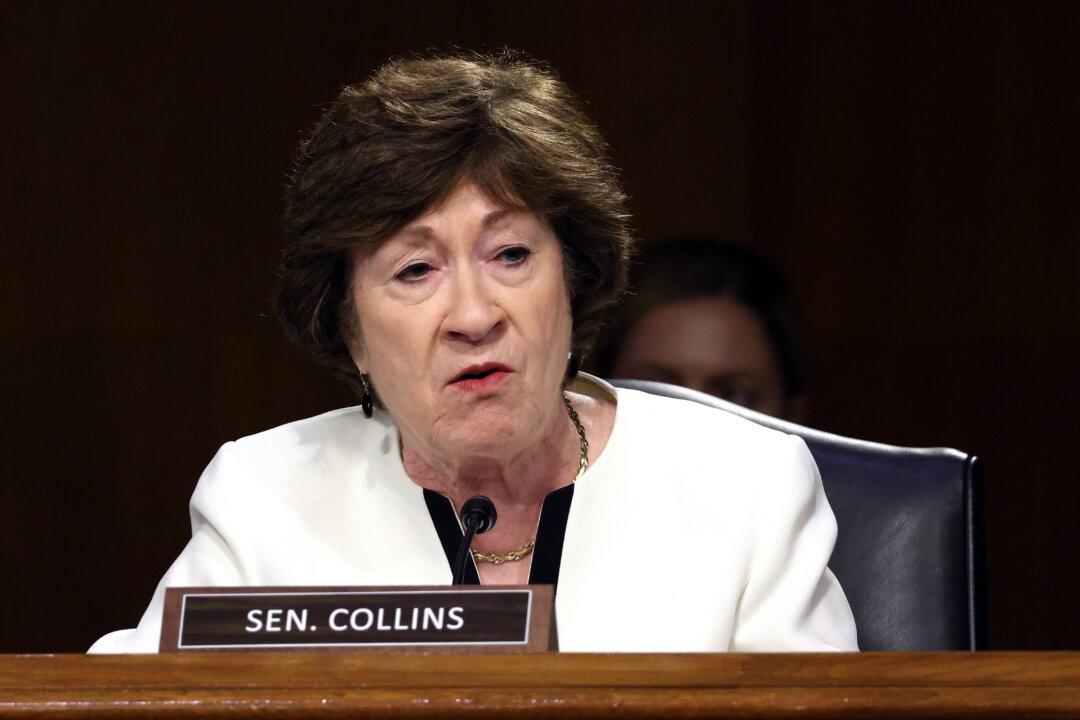Republican senators expressed concerns this week about the Biden administration’s Navy budget, saying that the proposed spending is not adequate to confront the threat posed by China’s expanding naval forces.
“This administration’s budget request does not fully reflect the challenges identified in its own national defense strategy,” Sen. Susan Collins (R-Maine), vice chair of the Senate Appropriations Committee, said at a hearing on March 28.





